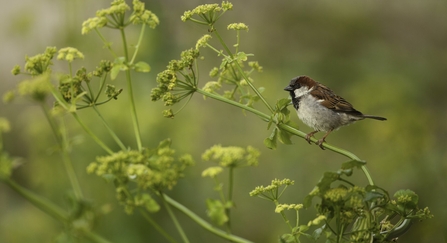Wild@Home has been designed to help everyone spot plants and creatures, in their own gardens, yards or nearby green spaces.
Free resources will be shared every Monday, from Monday March 30, on the Trust website, and topics will include everything from tips on how to identify plants and trees bursting into life and spotting garden birds, to when and where to watch for bats becoming more active after the long winter and how to survey the mini-beasts that are emerging.
Children – and adults – are being urged to share the information they gather by completing online surveys and on Durham Wildlife Trust’s social media sites using the hashtag #dwtwildathome
www.facebook.com/DurhamWildlifeTrust
www.twitter.com/durhamwildlife
www.instagram.com/durhamwildlife
People taking part can find lots of information to assist with their wildlife identification here and, if any help is needed with identification, the Trust’s staff are hand to help via social media and email (mail@durhamwt.co.uk).

